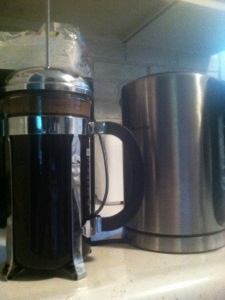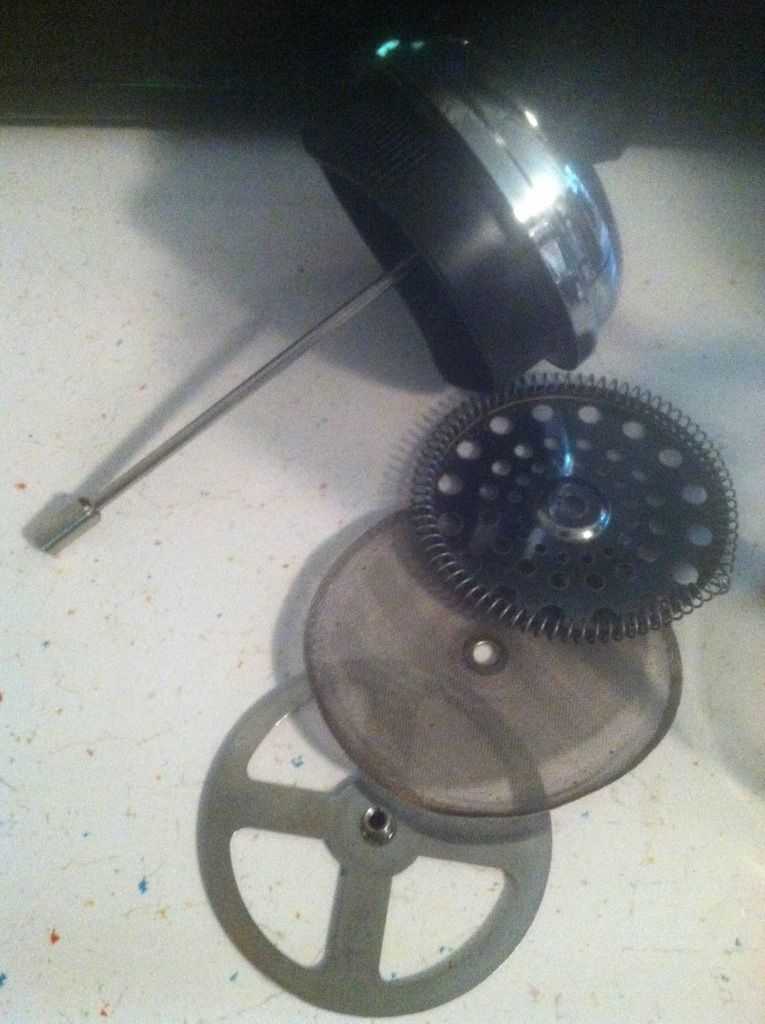Traditional wet shaving has experienced a renascence in recent years, more than a little inspired by “How to Shave Like Your Grandpa” at Art of Manliness, one of the things that got me started. One of the major challenges is finding supplies. It’s not like you can just find this stuff at Wal-Mart, right? Actually, Wal-Mart pretty reliably stocks Wilkinson Sword blades, and a decent variety of aftershaves and fragrances.
In my experience, the hardest things to find have been the razors and brushes.
Here are some of the sources I have used, or have found through research. If you know of others, please leave them in the comments.
Online:
eBay is an excellent source for vintage razors and other equipment. Take the standard precautions buying on eBay, read the descriptions carefully, review the seller’s rating, and ask any questions. Additionally, any used shaving equipment should be disinfected before use.
Amazon.com is one of the best sources, stocking everything including safety razors, straight razors, blades, blade variety packs, brushes, shaving creams, soaps, aftershaves, etc. The blade variety packs are a great resource to start out with. I bought one when I started, and am very glad I did.
For those interested in straight razor shaving, I have heard excellent recommendations for whippeddog.com, who specializes in used straight razors. I have not purchased from them, but they have a good reputation, and I intend to unless I find a good straight razor locally.
Local:
Local resources can be a bit harder to find, but are out there.
Antique stores can be a great source of vintage shaving equipment. It is nice to be able to look at a razor before you drop the money on it, although you are probably going to have to spend more time than you would on eBay.
The Art of Shaving has about 110 stores in 35 states. They sell higher end stuff, and the price reflects it. They sell their own branded products, and a variety of blades, straight razors, etc. I was kind of disappointed in the selection of blades they had, since the same blades don’t work for everyone.
Most of the big box stores carry some supplies, as mentioned, Wal-mart usually stocks Wilkinson Sword blades, and most of the others carry some aftershaves, blades, or soaps/creams.
Pharmacies, both the nationals like Walgreen’s, and the local ones, usually have a variety of supplies. Walgreen’s usually keeps a good supply of aftershaves, and usually has some blades.
Sally Beauty carries some shaving supplies in their stores, and a broader selection online.
Bath & Body Works carries C.O. Bigelow shaving cream, which is re-branded Proraso. This is in my regular rotation, especially since they do a carry-on friendly travel size. Keep an eye out for sales, since it’s pretty common to see buy two get one free deals.
Things to keep in mind:
- Disinfect any used shaving equipment
- Unless stated otherwise, assume straight razors need to be honed before use
My normal gear:
- Gillette open comb and Fat Boy razors. Antique shop purchases, I use the open comb the most.
- Shark Super Chrome blades Try one of the blade packs on Amazon and find one that works for your razors and skin
- Art of Shaving Pre-shave Oil (I don’t use this all the time, but it is nice)
- Taylor of Old Bond Street Sandalwood and Eton College shave cream
- C.O. Bigelow Menthol Shaving Cream From Bath and Body Works
- Tweezerman Shave Brush (This is a good starter brush)
- A whole bunch of aftershaves, including Old Spice, Clubman, Pinaud Bay Rum, and some others.


